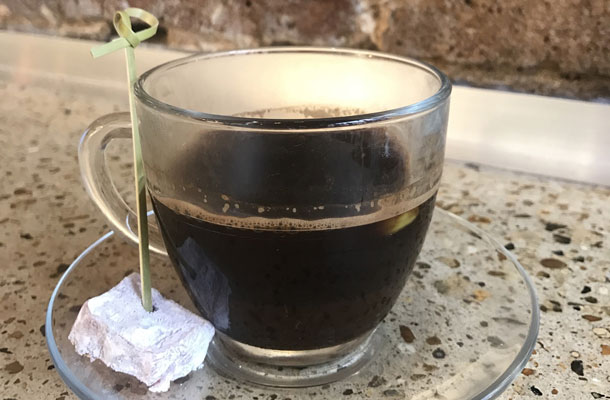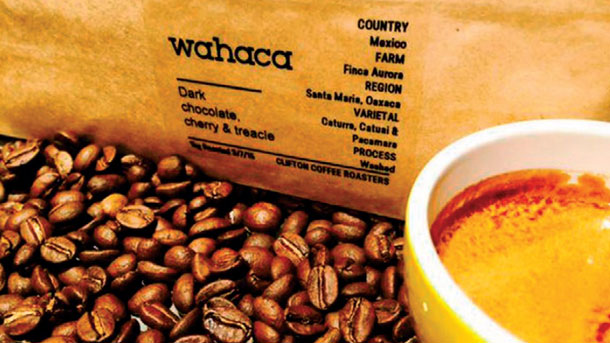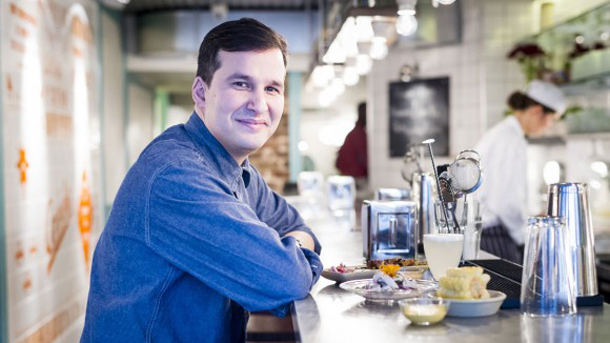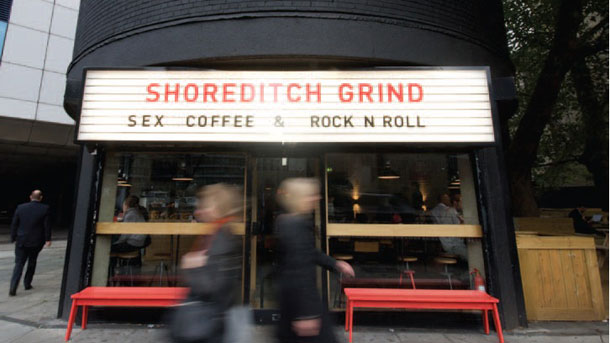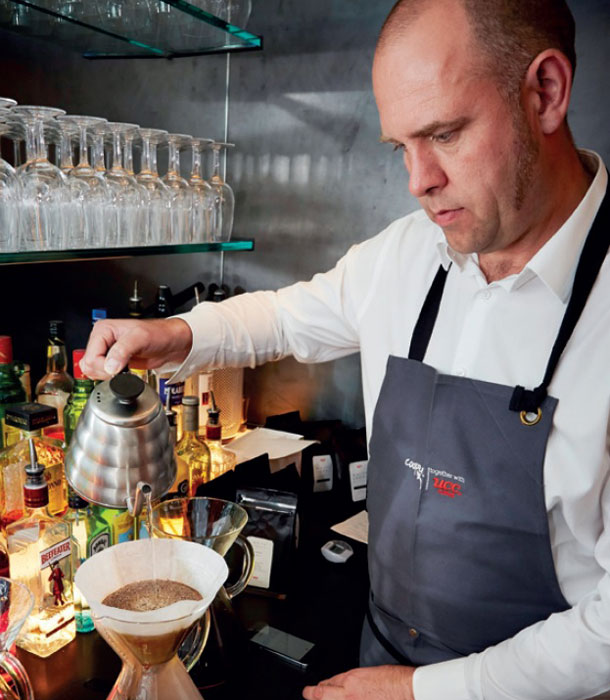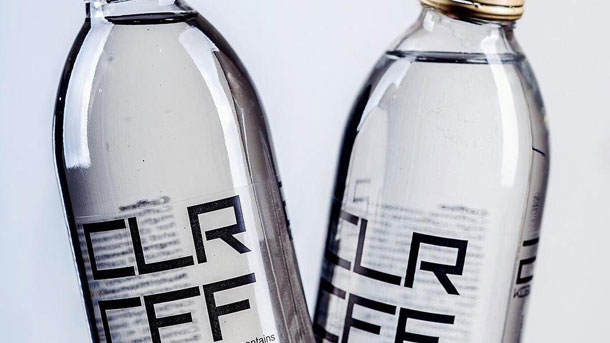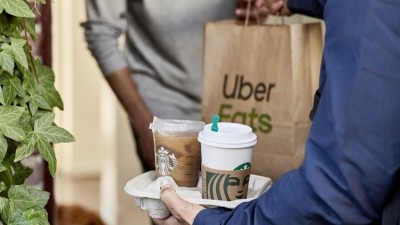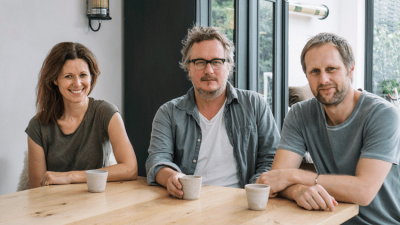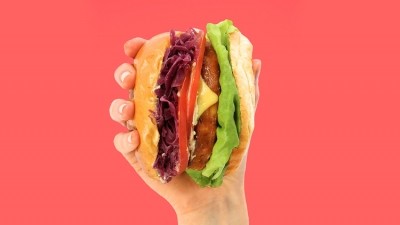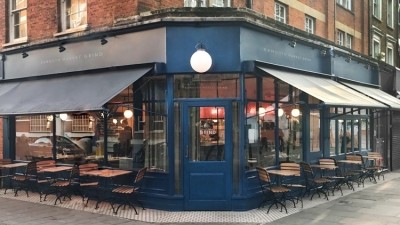The differentiation game: 5 ways to get clever with coffee
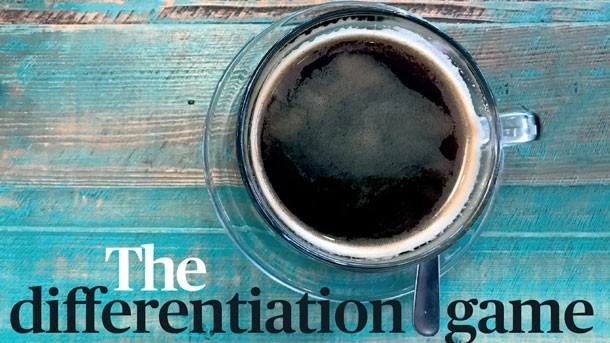
1. Know your market and stick to it
Glass half full: Arabica's Turkish coffee
When James Walters was planning the coffee offer for his Borough Market restaurant he had to take into account the fact that the site was only a few doors down from Monmouth Coffee, which pulls one of the finest espressos in London.
“That meant an espresso-based offering was out for Arabica Bar & Kitchen,” he says. “Instead we offer French press alongside Turkish coffee. We encourage people to try the latter – Turkish coffee makes up about 50% of our sales now. People like to try something new.”
In keeping with its name, the restaurant only serves 100% Arabica.
“We use a number of different Lebanese brands because it can be quite difficult to get hold of,” says Walters. “I suppose the biggest difference is that it arrives very finely ground, nearly dust. We used to boil it in a pot but it was difficult to keep it consistent so now we use an automated Turkish-made machine that brews it right every time.”
The coffee is brewed with cardamom and served either with no sugar, medium or sweet.
2. Link your drinks selection to your overall theme
Mex-imum effort: Wahaca's coffee comes from Oaxaca, Mexico
The quality of coffee and tea in restaurants has improved immeasurably in recent years, and an increasing number of places now have a hot beverages selection that is thematically linked to the concept.
Vietnamese chain Pho serves kopi luwak – AKA civet poo coffee – and, in keeping with Neapolitan tradition, pizza chain Franco Manca offers only espresso. No ifs, no buts. Founder Giuseppe Mascoli buys his coffee from a specialist supplier in Verona, which is one of only a handful to continue to roast its beans over an open flame.
Offering only an espresso allows the 30-plus strong chain to serve unusually high-end coffee, with all staff attending a one-day coffee training course with an in-house ‘coffee master’ so they know how to make it.
The Americas to the far east Mexican chain Wahaca gets its coffee from the mountainous Oaxaca region in Mexico. The coffee is sourced especially for Wahaca by Origin Coffee Roasters, which says it works directly with farmers to ensure high quality coffee for its customers and also fair pricing and a good livelihood for coffee farmers and their families.
“When sourcing our coffee, we were looking for one that was comforting and sweet. Our single estate Oaxacan coffee totally fulfills these requirements and offers a really classic flavour profile,” says co-founder Mark Selby. “The soil is rich in nutrients and the high elevation and rainfall lead to slow maturation of the fruit resulting in coffee cherries that are deliciously sweet.”
Opening early this month, Taiwanese restaurant Xu will have one of the capital’s most distinctive hot beverage selections, majoring in rare teas from Taiwan. The east Asian country is famous for its tea and is particularly associated with oolong. Xu will also offer Taiwanese tea ceremonies overseen by a resident tea master. On the fringes of Chinatown, the restaurant will also sell tea for customers to brew at home.
3. Treat hot drinks like you would wine
Pouring Peru: Martin Morales is rethinking tea
Top-end restaurants have vastly improved their tea offerings in recent years, with small-batch, seasonal teas being treated with the same reverence as fine wine at some establishments.
Peruvian restaurateur Martin Morales is rethinking the way tea is served at his four London restaurants. Alongside all the Peruvian ingredients that he sources, he also gets in fresh leaves for brewing.
“At Andina, we want to bring some of the Peruvian tradition of herbal teas to London,” says Miguel Arbe Rey, who oversees the bars at Andina, Casita Andina and Ceviche.
“On one of our trips to Peru we got in touch with Eco-Inca, a small producer that sources fair trade and organic teas from the Andes and other regions of Peru. Availability is very dependent on the seasons. At the moment, we’re serving yacón leaves, which are a great source of minerals, and Andean mint, a combination of three different kinds of mints, and melissa, a citrusy herb.”
With more and more people eschewing the hard stuff, quality hot beverages will play an increasingly prominent role in service. Coffee market analyst Allegra Strategies predicts that good-quality coffee and brewing techniques will become as important as a good wine menu for top-end restaurants.
4. All about the Antipodes
The Grind: Moving away from mass market, sugary drinks
Coffee specialist Grind is Antipodean in style, which extends to everything from the food menu and front-of-house style to the coffee itself.
“I suppose Antipodean coffee is characterised by a moving away from the sort of coffee you would see served at the major chains – those mass market, very large milky and often sugary drinks,” says Grind head of coffee Sam Trevethyen.
“Antipodean coffee culture is about putting the focus back on the coffee, which means smaller drinks, better quality raw materials and a focus on proper equipment and training.”
5. Train to gain
The right balance: Baristas must follow the recipe to avoid inconsistency
Whatever sort of hot beverages a restaurant serves, proper systems and training procedures are essential.
“There are great examples of operators doing hot beverages well but, generally, there’s room for improvement in UK restaurants,” says UCC Coffee UK & Ireland head of coffee excellence Gareth Davies. “More often than not, a poor cup of coffee isn’t actually down to the quality of the product, but different baristas not following a consistent coffee recipe from one day to the next.
“The coffee-making process has so many variables – from the dosage and grind size to the espresso extraction time and temperature the milk is steamed to. If these variables aren’t controlled, you can serve a technically great coffee through top specification equipment, yet still not achieve a tasty coffee.”
Bean there, done that?
Still stuck for inspiration? Here are four coffee trends that may or may not filter through to restaurants
Random lattes: We’ve had coconut and turmeric, now a new generation of even more left-field creations are doing the rounds. They include the charcoal latte, the beetroot latte, the lavender latte and initially the blue algae latte, AKA the unicorn or smurf latte.
Coffee ice cubes: Starbucks is attempting to save its customers from the scourge of watery iced coffees by packing them full of ice cubes made from frozen coffee. The new and improved ingredient is becoming available just as the weather heats up and can be added to any iced drink for a small additional charge.
Colourless coffee: CLR CFF looks like water, but tastes just like cold brew and packs the same amount of caffeine as a double espresso. Its creator is keeping quiet about how it is made, but claims the process does not involve the addition of any stabilisers, preservatives, sugars or sweeteners.
#CoffeeInACone: Billed as the most Instagrammable co¬fee in the world, #CoffeeInACone is the creation of South African Dayne Levinrad. It’s much as it sounds – a coffee in a purpose-built waffle cone – and part of a new generation of novelty snacks and drinks engineered not just for taste but for social media shareability too.
This article originally appeared in the June 2017 issue of Restaurant magazine, and was adapted for the web by Hannah Thompson. Subscribe to a nice shiny print version of Restaurant magazine from just £63 per year here!
